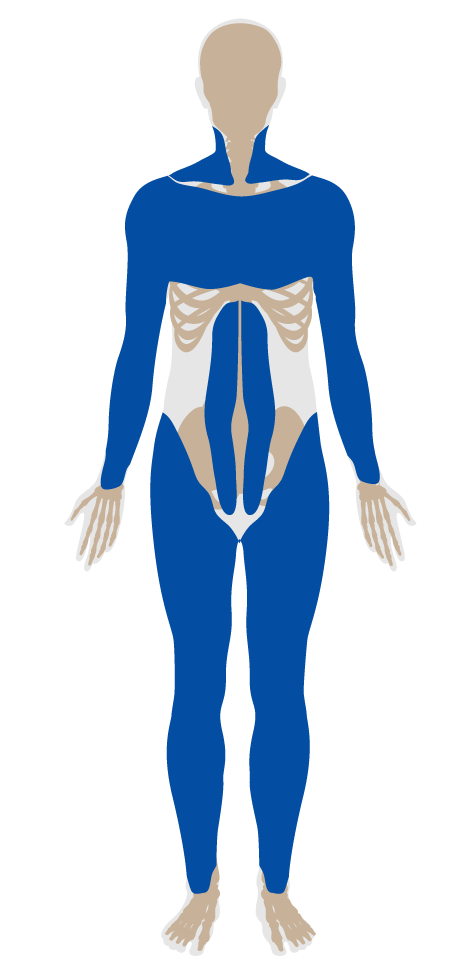Ergonomics: visual and physical
Features/Comfort/Feature 73
- 72 Accessible design
- 73 Ergonomics: visual and physical
- 74 Exterior noise intrusion
- 75 Internally generated noise
- 76 Thermal comfort
- 77 Olfactory comfort
- 78 Reverberation time
- 79 Sound masking
- 80 Sound reducing surfaces
- 81 Sound barriers
- 82 Individual thermal control
- 83 Radiant thermal comfort
- P4 Impact reducing flooring
Ergonomics: visual and physical
Intent:
To reduce physical strain and maximize ergonomic comfort and safety.
BACKGROUND
Overuse of the same muscles and ligaments while trying to adjust to static furniture or equipment over time can cause discomfort and strain the body, especially in occupational environments that require repetitive tasks. Under such conditions, the effects of even slight visual or physical discomfort are compounded, leading to decreased occupant comfort and focus.
At least 30% of workstations have the ability to alternate between sitting and standing positions through a combination of the following:
a.
Adjustable height sit-stand desks.
b.
Desk-top height adjustment stands.
c.
Pairs of fixed-height desks of standing and seated heights (which need not be located adjacent to each other).
Workstations in which occupants are required to stand for extended periods of time include the following amenities:
a.128
At least 10 cm [4 inches] of recessed toe space at the base of the workstation to allow decreased reaching requirements for occupants.
b.128
A foot rest to allow occupants to alternate resting feet.
c.128
Anti-fatigue mats or cushions.

